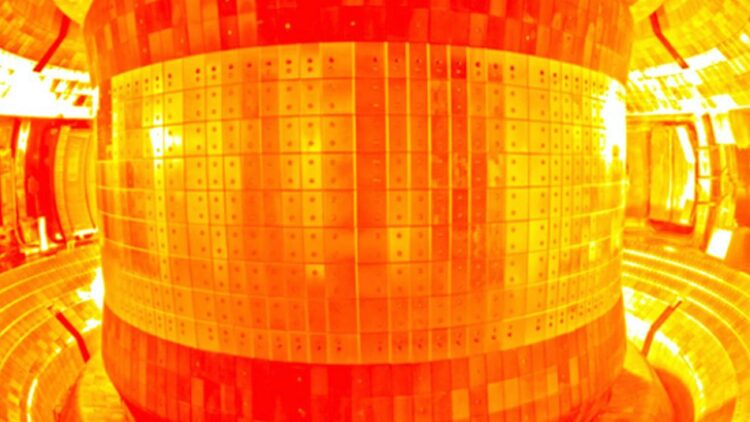South Korea’s science has recently struck headlines with a phenomenal advancement in nuclear fusion technology. The Korea Superconducting Tokamak Advanced Research (KSTAR), or what people call the “artificial sun,” has reached 120,000,000 ºC to develop an environment-friendly green power.
It makes achieving the controlled use of the star’s power a little closer to becoming a reality. Now, let us look at what makes this achievement unique and what it means for the rest of the world.
Breaking records with superheated plasma: KSTAR’s monumental leap
KSTAR has recently beaten its temperature record, which reached 120,000,000 ºC and has been maintained for 48 seconds, while this German fusion reactor cannot do so. It has improved its plasma confinement record from 31 seconds in 2021, demonstrating the progress made in the field. The plasma is held in a “donut-shaped” enclosure by magnetic fields that replicate the processes that power the sun in a nuclear reactor.
The success is based on changes in reactor parts, such as Tungsten diverters that effectively remove heat and other impurities. Tungsten with high melting temperature replaces carbon to enhance high-temperature and high-stress applications. With these enhancements, KSTAR could handle the issues of plasma stability, pulling closer to the goal of sustained fusion.
The reactor aims for even more significant milestones: support plasma for 300 seconds by 2026. This will benefit practical applications because it is longer than any other experiment and will revolutionize global fusion research.
Why nuclear fusion could revolutionize energy production
Fusion power can potentially be one of the wealthiest and cleanest energy sources. It is unlike normal nuclear fission that pulls an atom apart, resulting in dangerous waste. Still, fusion joins hydrogen atoms to form helium and, in the process, releases massive energy without any long-lived radioactive consequences. This makes it a core solution to energy matters in the future, and hence, it is a cornerstone of sustainable energy solutions.
The advancement of South Korea fits into the global trend of trying to make fusion power a commercial reality. For example, KSTAR has improved the ITER of France. Scientists aim to share innovations to address fusion’s longstanding challenges, including sustaining plasma at stellar temperatures and pressures for long durations.
Even if they are still in their infancy, these technologies promise a brighter future for the energy industry. Forces such as fusion practitioners view as a linchpin in tackling climate change, cutting on fossil utilization, and ensuring energy security globally.
Challenges and the road ahead for fusion energy
In recent years, the commercialization of fusion energy has been challenging. Simulating the conditions of stars on Earth means solving numerous engineering and scientific problems. One of the significant challenges is to attain a ‘break-even point,’ where the reactor generates more energy than is taken from it; this was accomplished only recently but in pulses by the National Ignition Facility based in the United States.
High costs and the intricacy of plasma confinement also slow down technology development. Fusion occurs at temperatures higher than at the sun’s core, but the pressure is lower on Earth. For decades, trial and error have maintained such a high temperature without affecting the fusion process.
Yet, optimism abounds. All these are possible if global collaboration and effort are put in place and sustained investment in realizing fusion energy is made in this century. KSTAR, the reactor in South Korea, is a beacon of hope that scientists should strive to produce even more outstanding results. This plant also had promising results, which is why there is a huge investment plan to get it back in operation.
South Korea’s “hell machine” is setting the pace in the search for renewable, endless power. Through such records in temperature and plasma, KSTAR has shown that the problems encountered in fusion research can be overcome.
That said, milestones such as these highlight the potential of nuclear fusion long-term, even if full-on commercialization is still perhaps at least two decades away. If successful, this technology can enable the future generation to live in a green economy.

